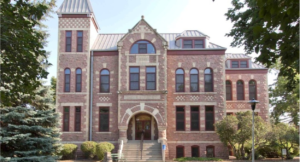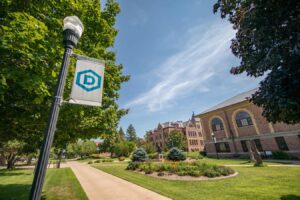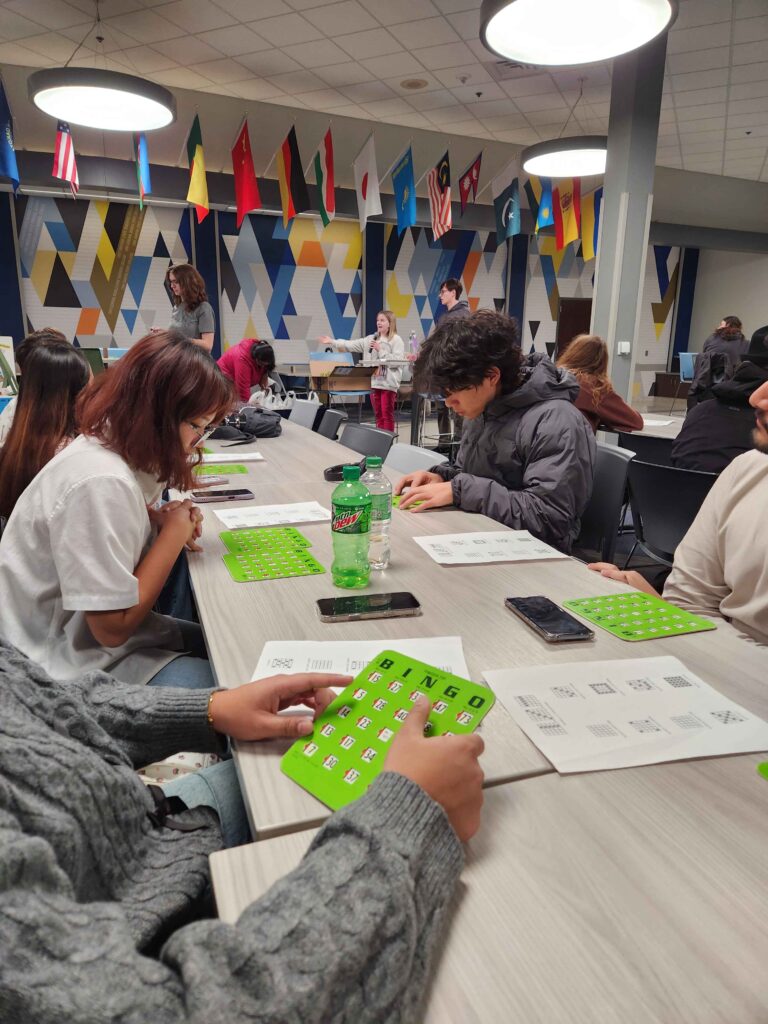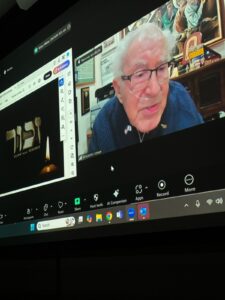First Lead Yourself

A fun and inspiring energy filled the air on Wednesday, February 5th in the Trojan Center Underground. Christina, a collegiate empowerment presenter, questioned a nervous group of DSU students. She asked, “Why are you here? You didn’t have to be!” and motioned for them to stand and meet ten new people. The students, who were more than likely expecting an average presentation, looked baffled. However, these introductory exercises were only the beginning of a fun and interactive experience that was sure to memorable.
The theme of the presentation revolved around the ideas of vision, belief, and action. Each theme was geared toward teaching students how to lead themselves. All three themes were incorporated into different fun activities that got students motivated. Christina, sharing her energy with the crowd, reminded students that “you can’t lead others until you first lead yourself!” and asked each student to give ten high-tens. With high levels of energy filling every student, the first big activity began.
The activity that focused on vision called for students to list all the goals they hoped to achieve in the next four years. According to Christina, this is one way to establish a vision for the future. She stated that the bigger the vision, the farther you will go, the more you will achieves, and the more the journey will become the reward. For this exercise, any conceivable goal could be listed.
The belief activity focused on breaking out of the comfort zone. Christina used the example of a lizard brain to show how everyone has a little voice that says “you can’t do what you set out to achieve.” By doing a stretching exercise, the students were shown that if they believe in their vision the lizard brain can be beaten.
The activity based on action focused on the idea that “if you don’t take action, nothing will happen.” Christina used the example of a Real GPA—or genius, passion, and achievement—to explain that students can get a degree without an education. In the activity, students reflected on their talents as well as their flaws. This exercise was meant to show that students should be aware of what they are good at and what they love to do. In identifying those things, students can work to amplify those skills.
As the presentation came to an end, each student had a formed vision. They were equipped with the knowledge they needed to expand their beliefs, and they now understood how to take action in finding their Real GPA.








